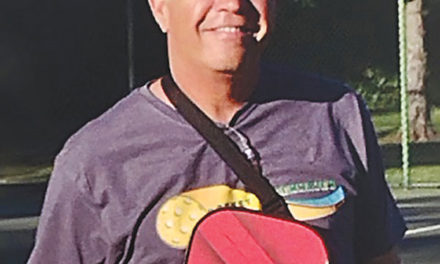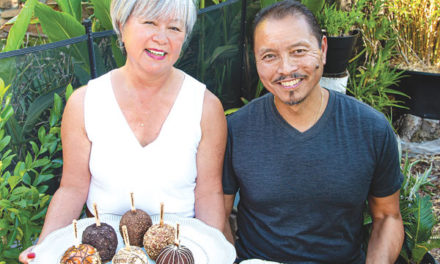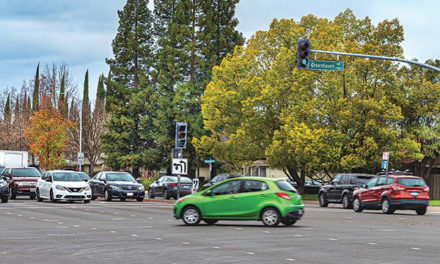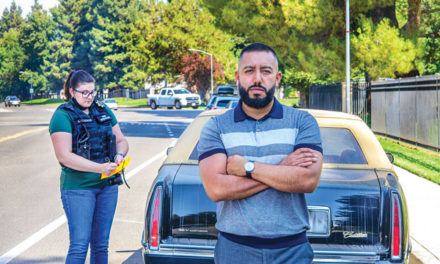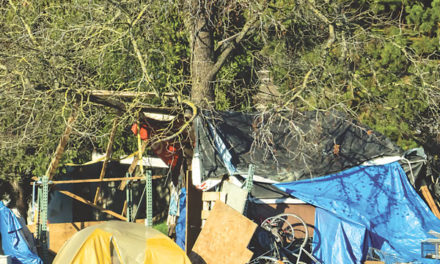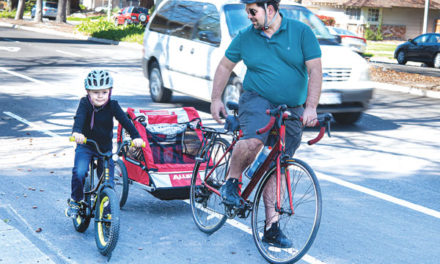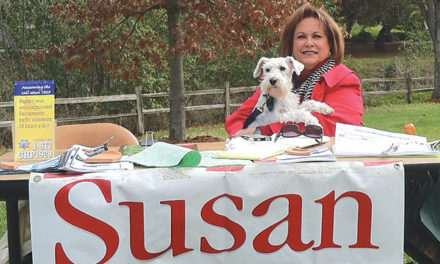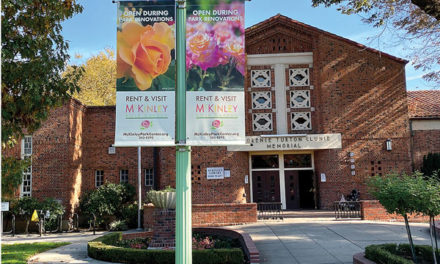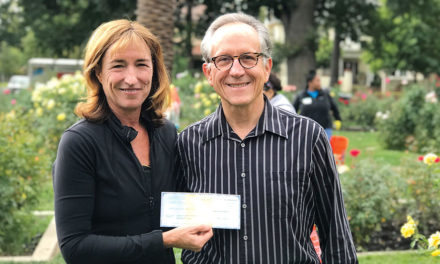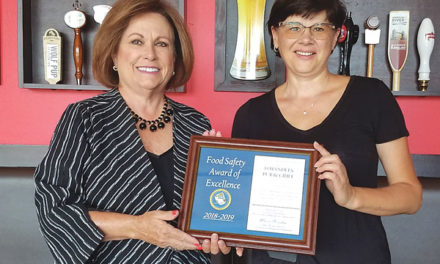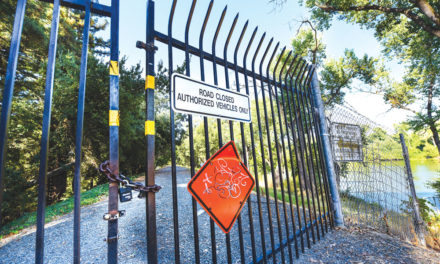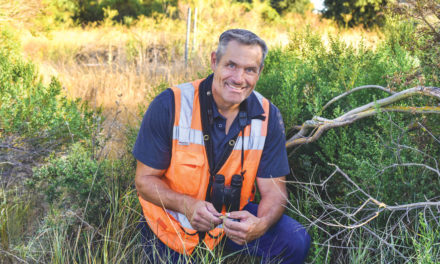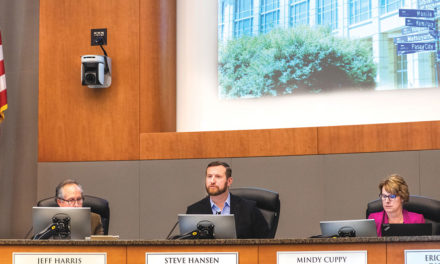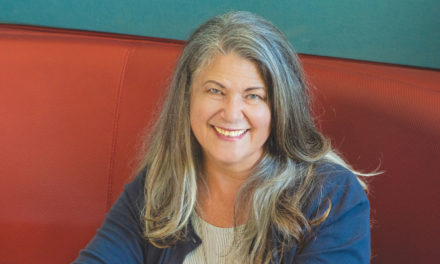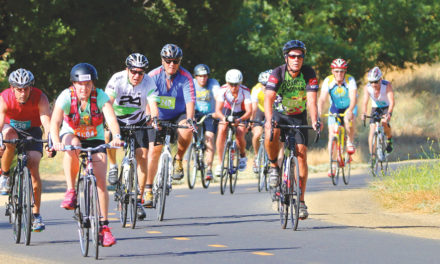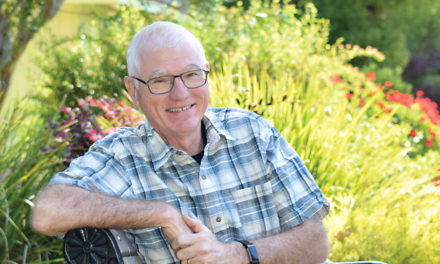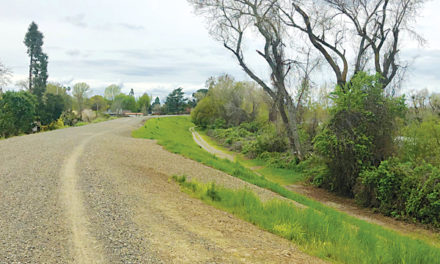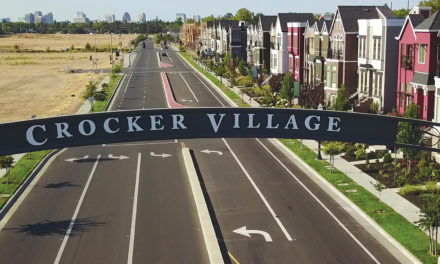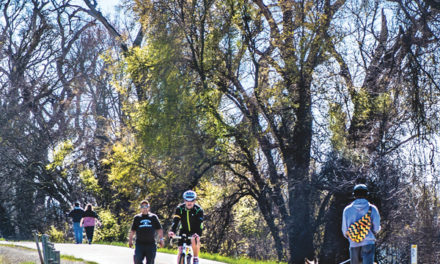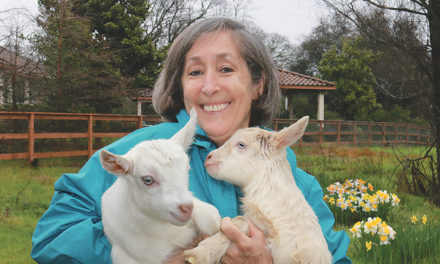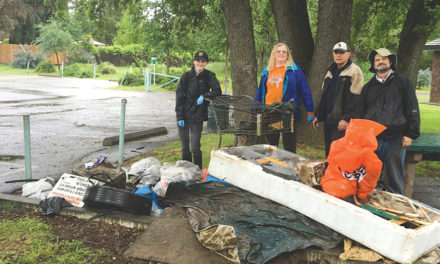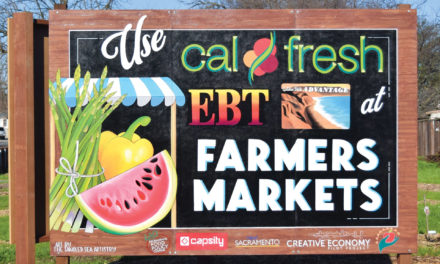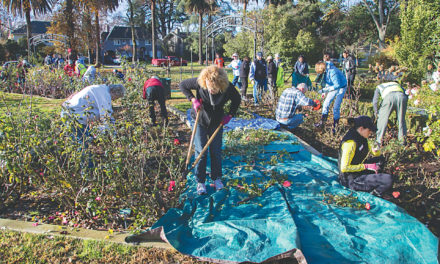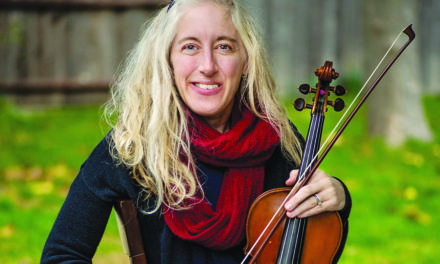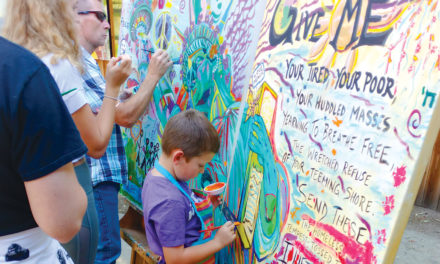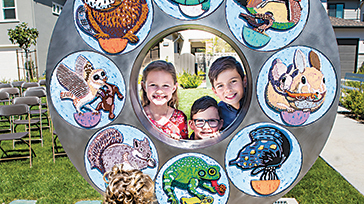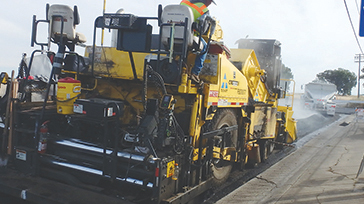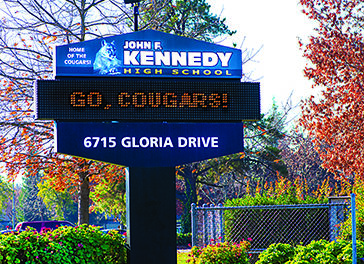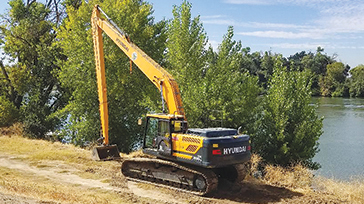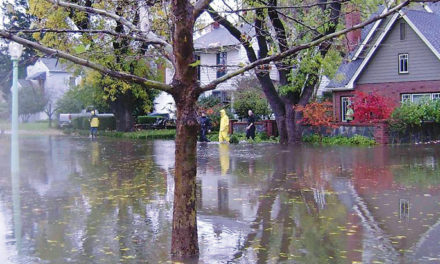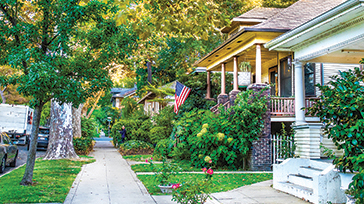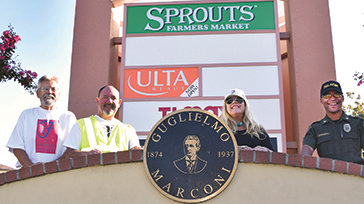McKinley Water Vault Approved
Project protects streets, homes, councilman says
By Daniel Barnes
November 2018
The Sacramento City Council voted to approve certifying the McKinley Water Vault’s Environmental Impact Report on October 9. The project is expected to go to bid in January, with the goal of starting construction in early 2019. In the weeks before the council vote a small but intense neighborhood opposition emerged, expressing its position on red and yellow banners erected on two H Street homes. The banner reads, “Halt the 3.2-acre sewage tank.”
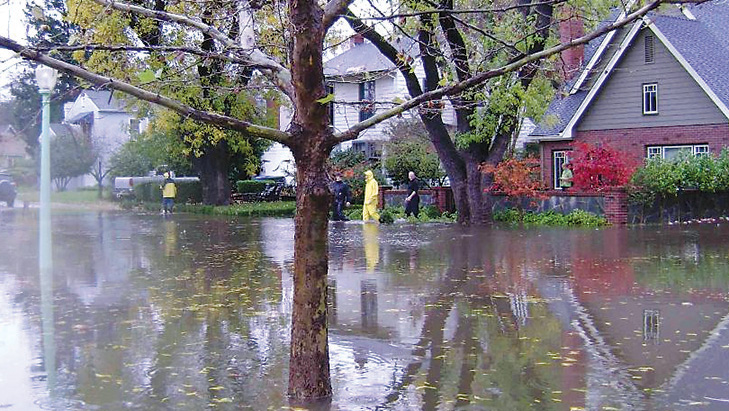
Neighbors who opposed the project spoke at council and stated objections to the length and intensity of the construction and related traffic, and asked the council to reconsider drastically more expensive and lengthy alternatives.
City Councilman Jeff Harris, who represents the neighborhood, says opponents mischaracterized the purpose of the underground concrete cistern, which is planned for the current site of the park’s baseball field.
“They’ve called it a toxic waste dump and a sewage tank,” Harris says. “It’s basically meant to be a cache for stormwater.”
The need for the water vault stems from the city’s outdated combined sewer system, which dumps storm runoff and wastewater into one pipeline for treatment at the regional sanitation facility in Elk Grove.
During severe storms, the system can become overwhelmed, leading to sewer outflows in lower-lying neighborhoods such as East Sacramento.
“Untreated sewage comes onto the streets, literally floating down the streets. It’s a real health hazard,” says Harris, a longtime River Park resident. “Many people in the area have basements that flood and that are often contaminated with sewer effluvia.”
If constructed, the McKinley Water Vault would store up to 6 million gallons of water in an underground tank until the storm passes. Then the water gets pumped out for treatment. For all but a handful of days every decade, the vault would remain empty. The project would cost roughly $30 million, and construction is expected to last between 18 and 24 months.
The city has significant experience with water storage vaults, and they are a major component of flood protection. Three facilities have been built in neighborhoods around East Sacramento over the past 19 years. The vaults have proven safe and effective.
One storage vault was constructed in 1999 at 42nd and R streets. It holds up to 1.6 million gallons, and the project enhanced the neighborhood with new trees and irrigation. In 2000, the city installed the UC Davis Medical Center Storage Project at 49th and V streets. The vault holds 3 million gallons beneath the Elmhurst-Med Center Community Garden.
A large water storage vault was constructed in 2015 at Eighth Avenue and San Carlos Way in Oak Park. The facility, which holds 3.8 million gallons, is beneath a new soccer field. There have been no problems or complaints with any of the storage facilities.
Opponents of the McKinley Water Vault argue the city should separate the two sewer systems. A website, savemckinleypark.com, primarily focuses on park closures, traffic congestion and potential noise from construction. The website doesn’t identify who is leading or funding the opposition campaign.
Harris explains the city investigated separating the stormwater and wastewater systems and found it would cost more than $2 billion and take 20 years to complete.
“To get the revenue we would need to bond for a project like that, it would mean at least tripling everybody’s utility bill,” Harris says. “The idea of separating the combined system is truly out of reach.”
About two decades ago, the State Water Resources Control Board found Sacramento in violation of its National Pollutant Discharge Elimination System permit because of the sewer outflows.
“If the water board got heavy, they could cause us to stop all construction in the city,” Harris says. “McKinley Water Vault is only one of many projects to keep the forward progress in dealing with stormwater and managing our waste system. It protects us from vulnerability, but it also solves a big issue.”
Harris touts the upgrades that McKinley Park will receive once construction is completed, amenities that could include new bathrooms, a new irrigation system and a heated pool. “Additionally, we’d be planting 60 new trees in the park,” Harris says. “There are really a lot of positives to it.”
The city has helpful videos and information, including the EIR, can be found at cityofsacramento.org/McKinleyWaterVault.
SCOUT’S HONOR
East Sacramento’s Azad Sharman attained the rank of Eagle Scout in September. He earned 29 total merit badges, well beyond the required number of 21. For his Eagle project, the Troop 1 member designed and built two planters with integrated seating for an outdoor classroom at Phoebe Hearst Elementary School.
Sharman raised funds to buy building materials for his project. He received assistance from more than 20 scouts, parents, leaders, family members and friends. A member of Jesuit High’s class of 2018, Sharman attends American River College and plans to complete his biology degree at UC Davis.
FISH-ING FOR COMPLIMENTS
Local favorite Chocolate Fish won big at the fourth annual Golden Bean North America coffee roasters competition in September, with 18 medals overall. The competition took place in Portland, with judges evaluating more than 900 American coffees in 10 categories.
Chocolate Fish, which operates a coffee shop and roastery in East Sacramento along with locations Downtown and in Land Park, won medals in the Espresso, Milk-Based Espresso, Single Origin Espresso, Pour Over and Decaf categories.
“Winning 18 medals this year was overwhelming,” says co-owner and head roaster Andy Baker. “We entered the coffees we serve every day in our cafes, and in the end, the judges were able to taste the quality in our cup.” Sacramento-based roasters Old Soul and Temple also received medals at the Golden Bean North America competition.





